What does an Abbey Road engineer do during lockdown?
Paul Pritchard talks acoustic treatment, plug-ins and why stable internet is more important than preamps.
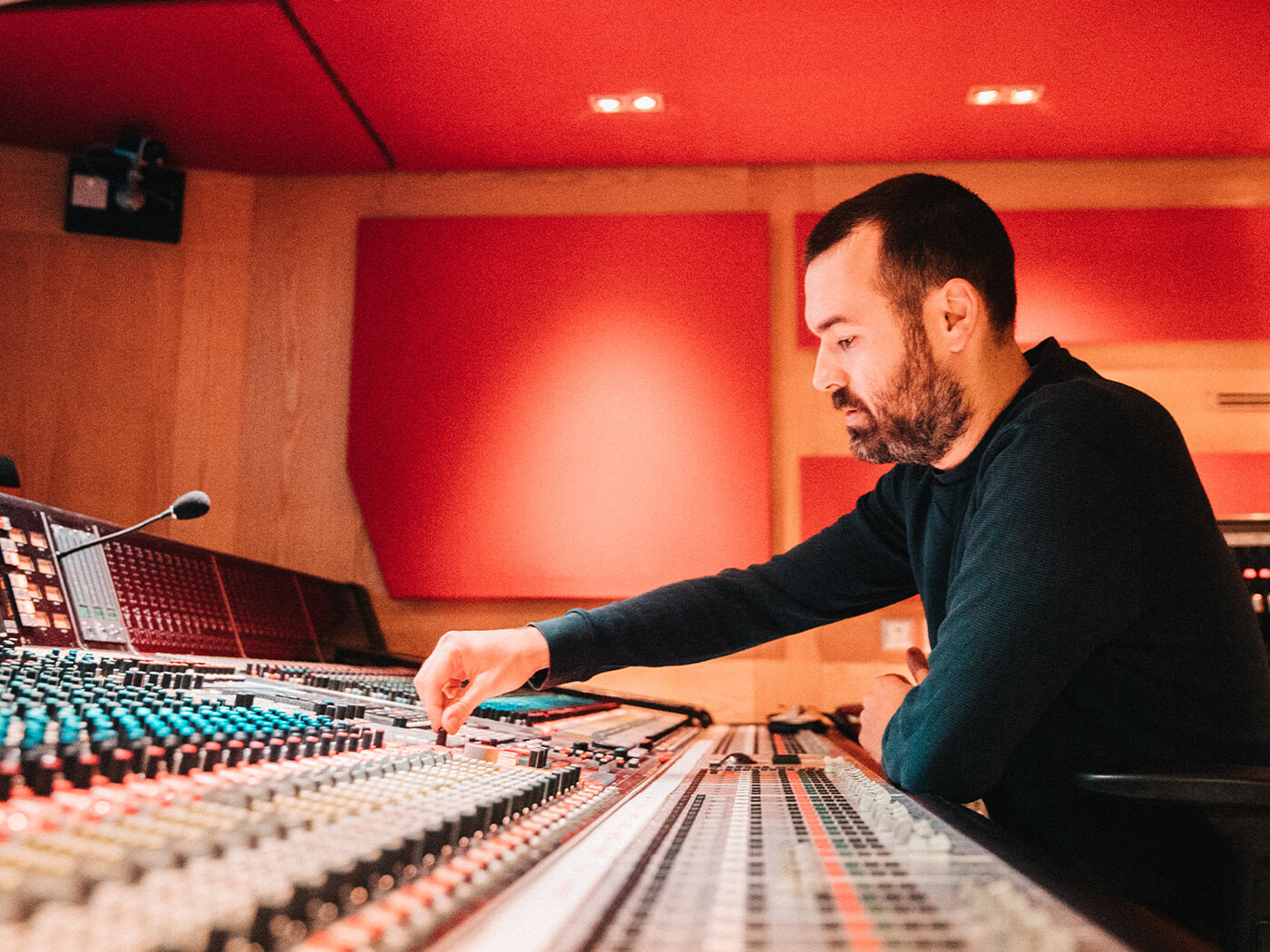
Abbey Road Studios was forced to close at the end of March as part of social distancing measures, beginning a 10-week period in which no recording sessions could happen.
With sessions cancelled, engineer Paul Pritchard found he had a lot more time on his hands. The iconic studio, thankfully, is now open again for socially distanced sessions, but during the shut-down, Paul made time to work on his home studio. And, it’s a studio that is a lot more familiar to most of us mortals than the facility he’s used to spending his days in.
We caught up with Paul as Abbey Road began opening its doors, to find out how he makes the most of his small recording space, how he sets up for remote sessions and the essential gear for successful remote collaboration. Also, learn which mics he chooses for home use when he has the best collection in the world back at work.
MusicTech: Have you been allowed to work at Abbey Road under lockdown?
Paul Pritchard: It’s an interesting one because a lot of what we do is obviously recording lots of people in big rooms at the same time. When we closed down, we kind of put a stop on everything.
I’ve done a couple of mix sessions remotely, which have actually gone quite well. I’ve gone into the studios to mix in a room, with no one else, that’s cleaned before and after.
MT: What have you been doing at home?
PP: It’s been an opportunity to step back, as I always work on other people’s music. So I’ve been doing my own music and learning a few things that you don’t have time for when you’ve got a client in the studio.
I play the guitar, but I’m not very good at piano, so I bought a weighted MIDI controller just before lockdown. And I downloaded Logic to get to grips with that because I’m a Pro Tools user, and Arturia V-Collection, so I’ve been getting back to playing.
Everyone gets into recording when they’re 14 or 15 in their bedrooms. And I’m just taking the opportunity to go back to that.
Everyone gets into recording when they’re 14 or 15 in their bedrooms. And I’m just taking the opportunity to go back to that. Even if I don’t make anything that goes out to the world, it’s just about learning, doing and enjoying. To create my own stuff – even if it never sees the light of day – it reconnects with why you got into it to start with.
And I’ve been trying a few things I can take back to work, too. Pro Tools has recently introduced Folder Tracks, so I’ve been taking a look at that.

MT: What’s in your recording room at home?
PP: I rarely do any work here because I’m employed by Abbey Road and we’ve got wonderful studios over there. But my home setup is centred around a Mac Mini with Pro Tools. I’ve got a Focusrite Liquid Sapphire 56 interface which means I’ve got eight mic pres.
For instruments, I’ve got a Moog Etherwave Theremin, some guitars. I’ve got few mics – Rode and Sontronics and then I’ve got a Komplete Kontrol S88 controller and guitar pedals. I’ve got shakers and kalimbas, and then I run a lot of Native Instruments stuff if I’m writing.
I haven’t got any acoustic treatment here because most of my time when I’m at home it’s more about being creative. Normally, I’m at work and mixing in the treated spaces there. But I brought my headphones home – my Sennheiser HD 600s, which I trust.
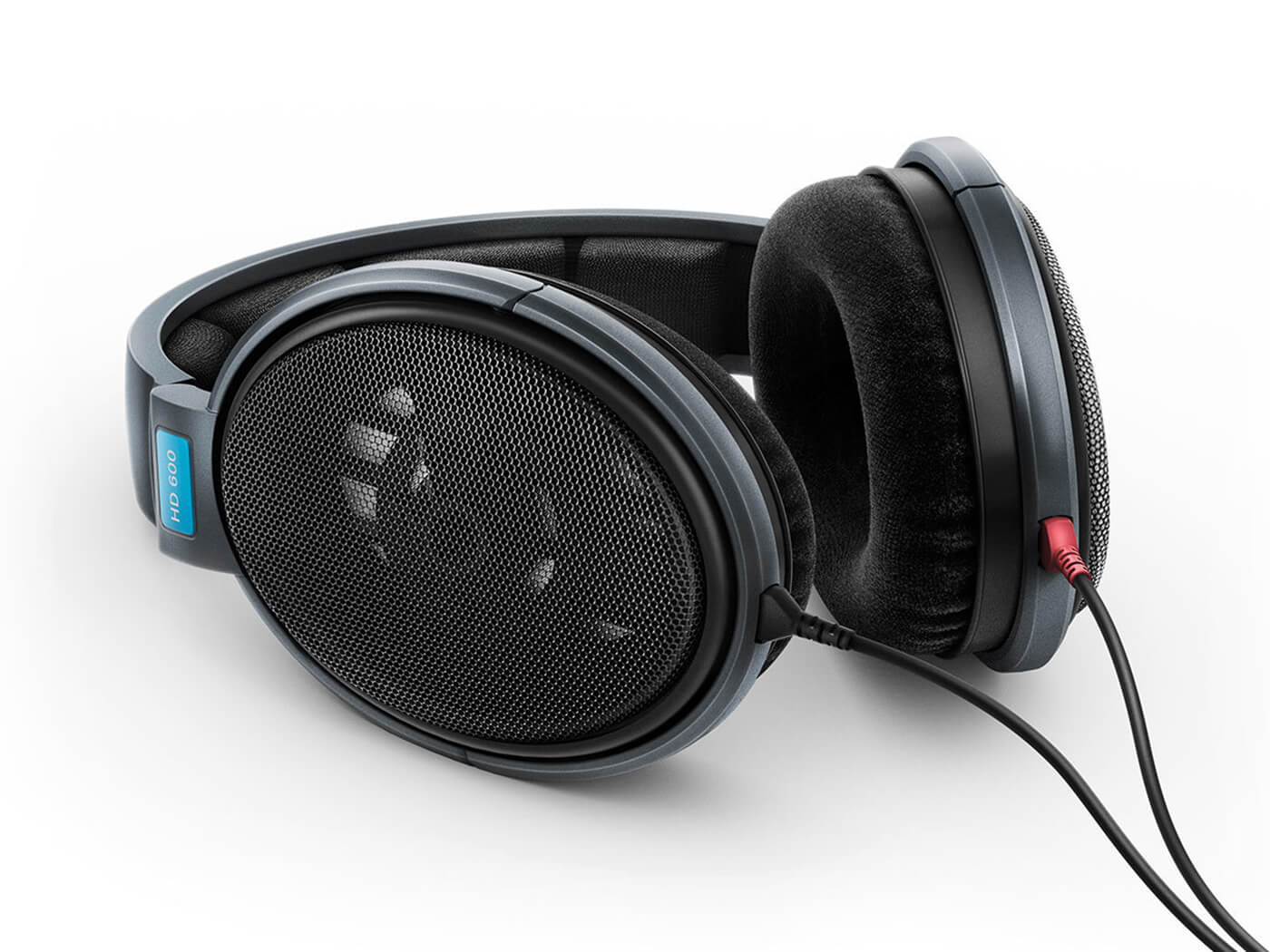
MT: Having no acoustic treatment would be inconceivable to many home studio owners. What are your thoughts on that?
PP: I think people get too worried about the acoustic treatment in a room and end up getting too much of it.
I think with a decent pair of headphones at home, you can completely bypass all of that time and worry. And just end up being more creative with it. I think it’s really easy to read about things and then start nailing duvets to your wall when you should be just quietly creating.
That’s different if you’re solely focused on mixing, so it depends on what you’re hoping to achieve and making sure that you’re on the right path to reach your goals rather than doing the things you think you should do.
MT: And if you had to do mixing in your spare room?
PP: If I had to do some mixing at home, it wouldn’t be quite as good as work… Recording would obviously be different as well, but you can adapt. At Abbey Road, I like to record guitars with an amp but at home, I use IK Multimedia Amplitube quite a lot.
It’s about trying to be creative with what you have rather than focusing on something that you don’t.
MT: What are you missing most about not being in Abbey Road every day?
PP: Colleagues, who are of course my friends, and working next to artists or musicians. Also, it being more of a collaboration than just being at home, twiddling knobs and changing filters.
There are loads of great things happening now where people are recording that part separately and bringing them together, which is absolutely amazing, under the circumstances. But what I really like at work it’s that we’ve got these big rooms and musicians that play together. I miss those sessions.
MT: What is lost when those musicians aren’t sitting together in the same room?
PP: It’s just the fact that they can react to each other. And if one has an idea, it can all change at one point. Whereas if someone’s recorded one part, and then someone records the next part, there’s no going back. And hopefully, you don’t get to the end and realise that the bass is out of tune, or whatever. At least they’re isolated, I guess!

MT: What couldn’t live without in your lockdown studio, apart from your computer?
PP: I have the Sennheiser HD600 open-back headphones. I’m very happy to say that they are indispensable.
I’ve got a fruit bowl full of shakers. If you are writing and creating with samples and plug-ins, it’s nice to be able to add something real on it that no one else has. You can even use items from the kitchen. If there are real objects like that you can use to make a beat, you can record and then manipulate those to make your productions unique.
I’ve got a pair of little Sontronics STC-1S mics to record with. Although microphones are really important, sometimes people obsess over them. If you’re at home singing with whatever mic you’ve got, that’s cool. You should keep going in that environment rather than trying to save up for a Neumann U47 or something like that. They’re obviously great mics – you’d use one if you could – but you shouldn’t be going on this quest to save up for a microphone. Your quest should be being creative.
I’ve got a lot of plug-ins, too – Waves, Soundtoys. There’s a new Valhalla Super Massive delay which is cool.
MT: Do you have any recommendations for staying creative and avoiding distractions?
PP: Everyone’s different, but I find that having goals to work towards – even if they’re just goals that you set yourself – is really important. And also limiting your time. If you’ve got a little bit of pressure then you’re less likely to start dawdling off in other directions and watching YouTube videos. You start to become a bit more focused. Also, if you’re producing collaboratively over the internet. If someone’s waiting on you for something then that can focus the mind.
MT: What tools have you found most useful for remote collaboration?
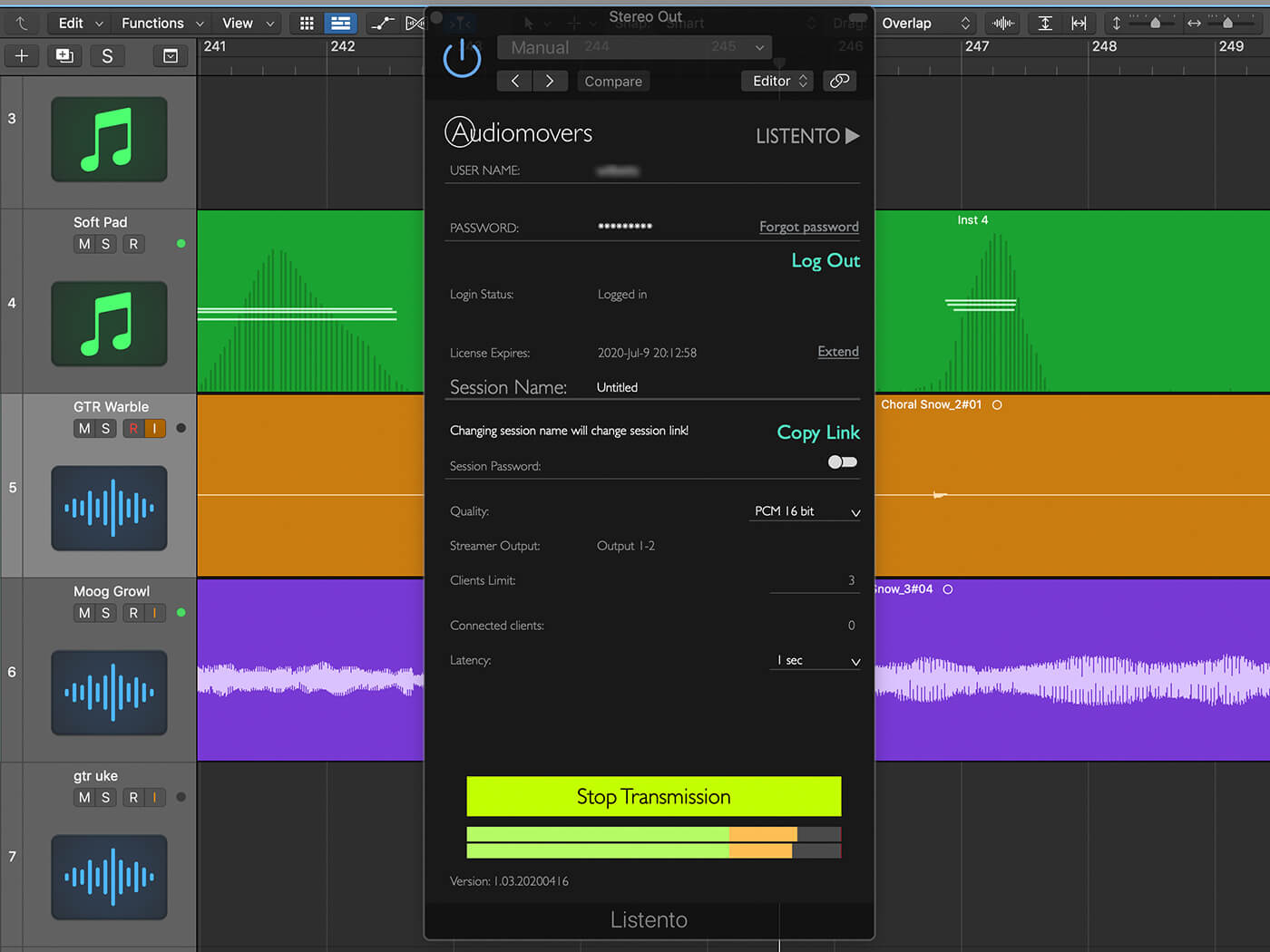
PP: Zoom and Google are absolutely brilliant for low-latency talking. But if you want to listen to something in high-res, it’s better to get a specific solution for that. Audiomovers ListenTo and the various different versions of Source-Connect are really great. We’d use those at Abbey Road even before lockdown if people were in different countries wanting to listen in to a session.
MT: What is your setup for remote collaboration?
PP: In my home studio, I’ve got a laptop and I’ve got a separate computer. On the few mix sessions I‘ve done, I’ve used Zoom logged in on the laptop where we can talk, and I’ve also been logged in on the computer where I share my screen and we can listen on AudioMovers ListenTo in high-res.
If the other person says “I heard something” or “I want the guitars louder at bar X”, we can see what the bar number is. And them being able to see the screen and have communication, and have the high-res audio, it’s almost like you’re in the room. It’s as good as it’s going to get, for now.
Screen sharing is way more important than I thought it might have been. If you play someone a track that’s four minutes long and they’ve got some notes about it, it’s hard for them to know exactly when it is, but if they’ve got a timeline reference it can help with the communication being so far apart.
MT: What about the dreaded feedback loop from having two devices in close proximity on the same call?
PP: Because I’m working on headphones, I don’t need to worry about muting to prevent feedback every time I hit play. Also, in Zoom, you can have the spacebar as a latched talkback button so I use that if I’m using speakers.
MT: Are there other ways you see engineers working under lockdown?
PP: With Zoom, you can remote control as well, if you’ve got an artist at home who has some software, but they’d rather just focus on the singing, rather than be the one pressing the buttons. There’s no reason that you couldn’t remote control in and then engineer from further away, do all the computer stuff while the person is singing.
There’s no reason that you couldn’t remote control in and then engineer from further away
It depends on the artist and how cool they are with operating the gear. Some people want to focus solely on being the singer and don’t want to be involved in any of that. And other people actually like all the technical side. As an engineer, you don’t want to impose yourself on anyone so you’ve got to come up with ways that could be helpful if people need it.
MT: Any advice for recording vocals in a small room?
PP: Condenser mics recorded in small rooms are always going to have that small room ‘zing’. So try to reduce that. That could just be duvets on the wall, mattresses, pillows, sofas. Just anything around that tries to deaden the room.
The clapping test is a classic. If, when you clap, it sounds a bit lame, it’s going to sound a bit lame on your vocal recording. But also sometimes going away from a condenser mic and towards something more like the Shure SM7B because it’s got a built-in pop filter, you can physically get closer. And it’s slightly narrower in its polar pattern. Sometimes that eliminates a bit of the room sound, but what you gain there, you lose in microphone sensitivity.

So something like a Shure SM7B. They’re great mics but they require a lot of gain. And that may or may not matter. But if you’re a choir singer, and you’ve got preamps that aren’t amazing, you might start noticing. One piece of gear we’ve started using a little bit at Abbey Road is Cloudlifters.
I think they purport to give you about an extra 20 dB, which means for an SM7B, you can give it 40 or 50 dB of gain with your interface preamp rather than 60 or 70. The kind of preamps that people might have at home often start to get a bit noisy up in those regions.
This isn’t an umbrella statement about dynamic mics being better than condensers in small rooms, because a lot of dynamic mics are rubbish for vocals. But, by using a good quality dynamic like the Shure, there might be some advantages that you can gain from it in certain conditions.
MT: What is absolutely essential for successful remote collaboration?
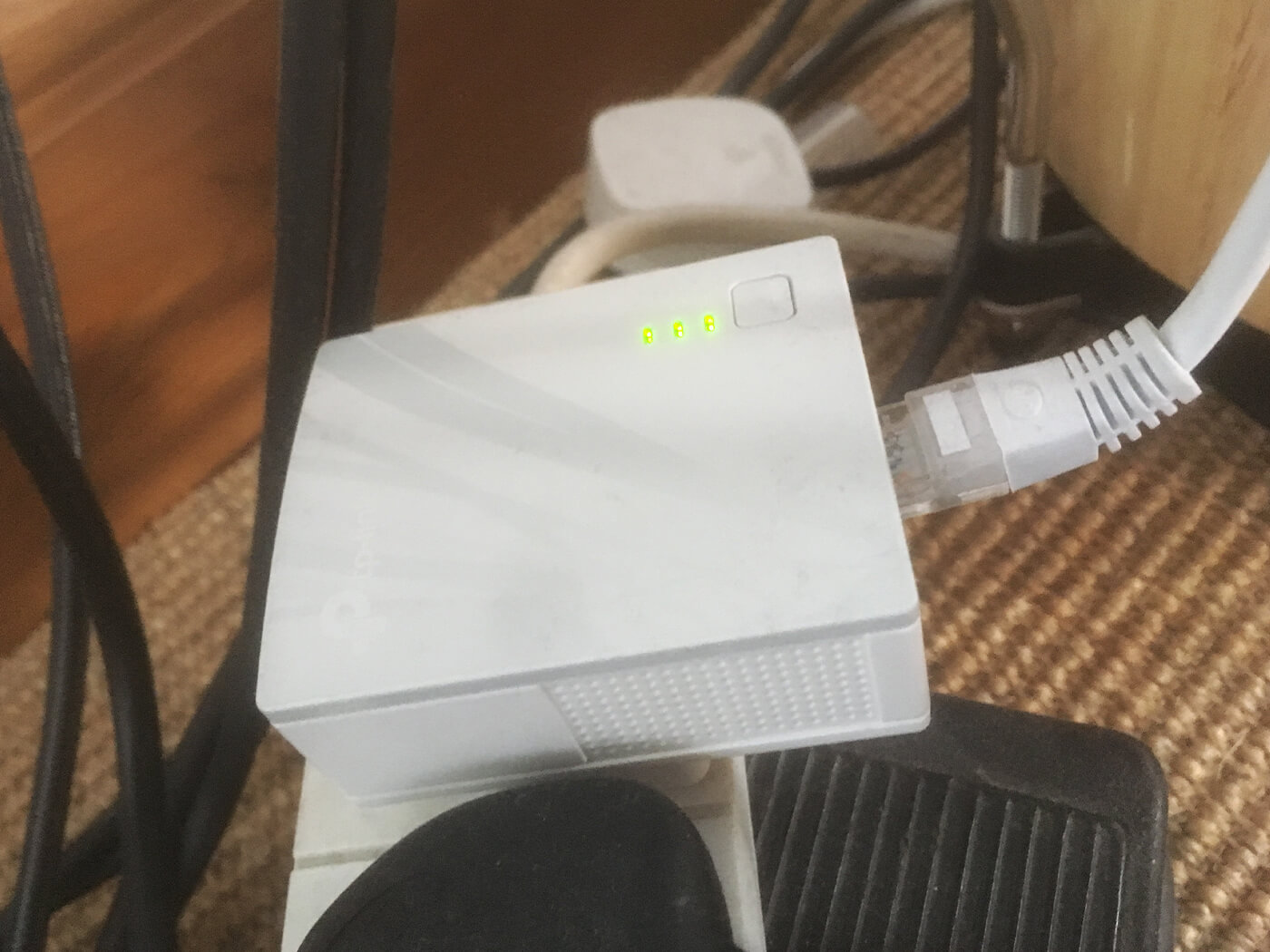
PP: Wired internet. Communication is key so if you doing a remote session, having some sort of wired internet, wherever possible, is critical. If you’re trying to be creative, and someone’s missing out or their audio is crackling then it’s really annoying for everyone.
So, I’ve got these things called TP-Link Powerline Adaptors. It’s some absolute voodoo shit. Honestly, I don’t understand how it works, but I’m on the third floor of my house and the router is on the ground floor on the other side of the house. For Wi-Fi, I’m as far away as I possibly could be, but you plug out of the router into one of these TP-Link boxes that plug into the mains outlet in the wall. Then you plug in a corresponding one up in the studio, and then I can Ethernet out of that into my computer and laptop. It gives me the fastest internet everywhere.
It’s those sorts of little things that I think are really going to help people in this time, rather than worrying about what preamps you’ve got. And if you are connecting with people to try and make sure that that’s as solid is it can be
MT: Do you have any other kit that’s really not exciting but totally essential?
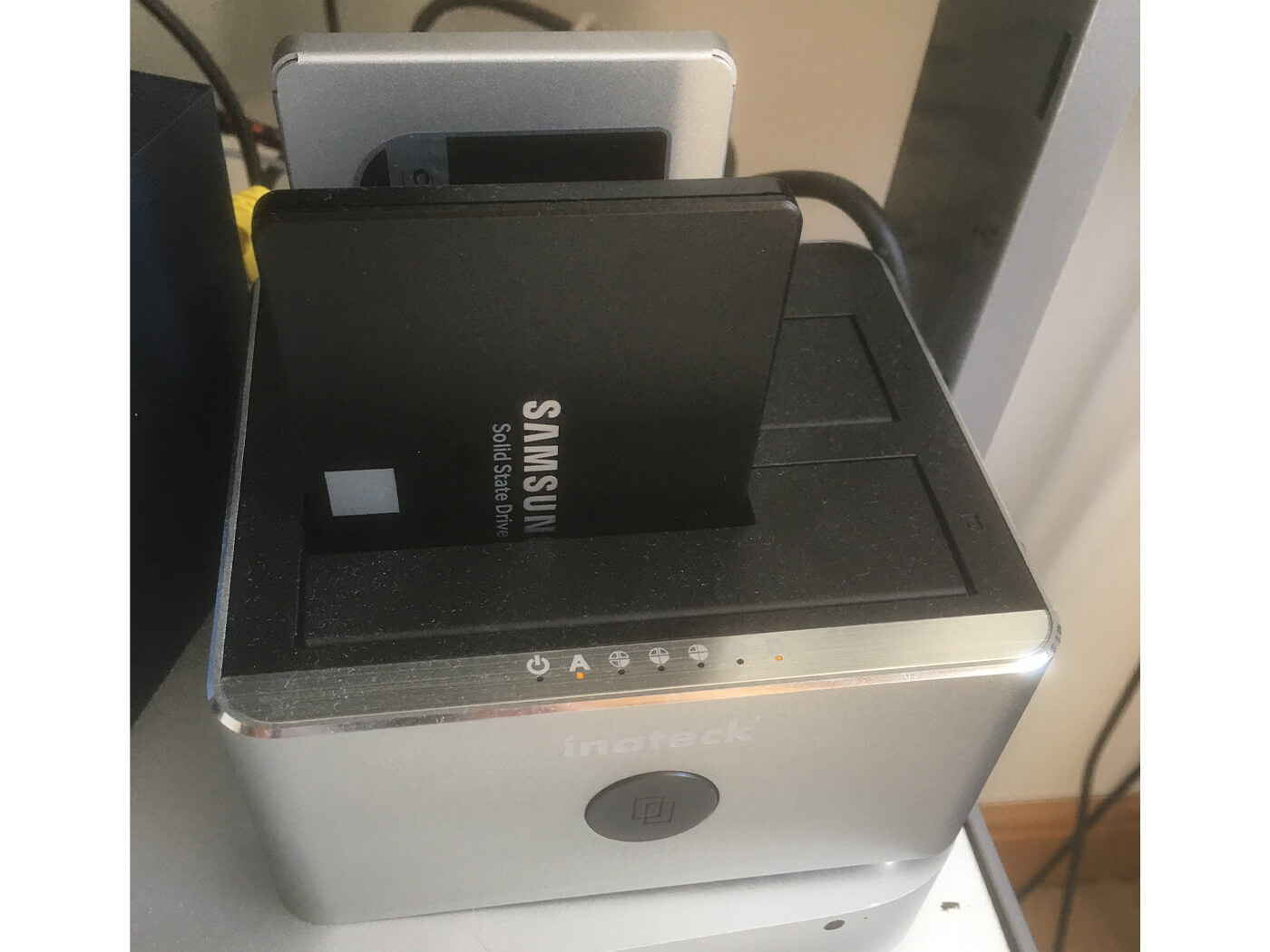
PP: This is pretty dry, but SSDs. I can’t live without them. I’ve got a Mac Mini that I bought a while ago and it didn’t have an SSD in it. I was a bit worried about putting an SSD in it because I’m not Mr. Little Screwdriver. I’m not that good at that sort of thing. So I got a dock that takes two SSDs and connects via USB3 to my Mac. I’ve got the OS on one and my samples on another. So it’s a complete studio upgrade without having to get my screwdriver out or buy a new computer. It’s made by a company called Inateck.
Following up
Since we spoke to Paul, socially distanced recording sessions have returned to Abbey Road. In fact, they’ve been open since early June.
MT: What’s changed since we last spoke at the end of May?
PP: I’ve now done my first recording session! We did some filmed live sessions for artists that would’ve been on tour/doing gigs, so that was great. Hopefully, we can do more as it’s unclear when gigs will start up again. That way we can help, in a small way, the musicians and gig-goers who have had their summers cancelled.
Read more interviews here.